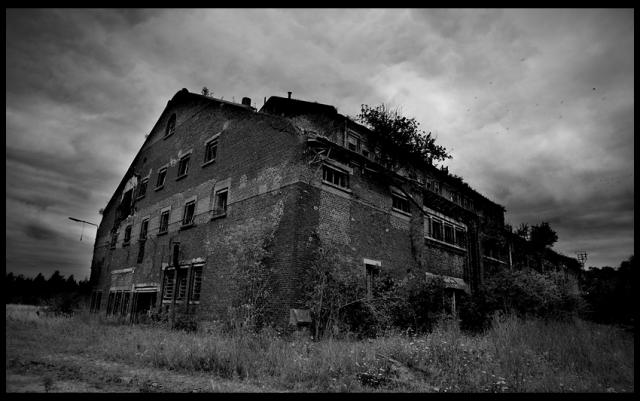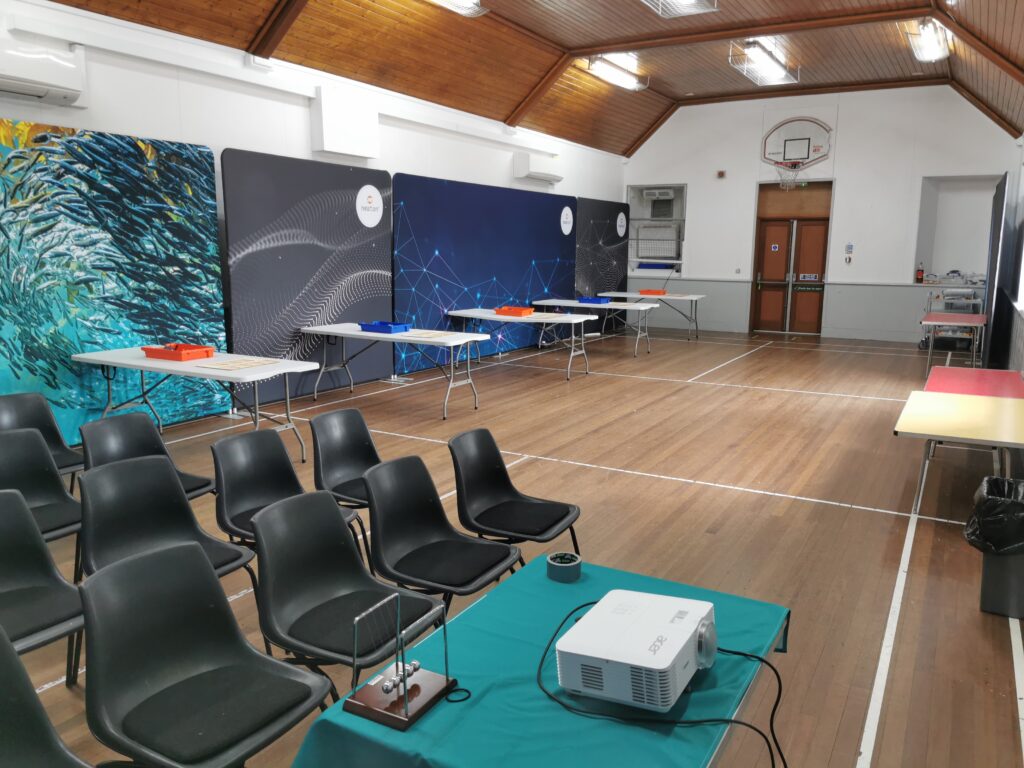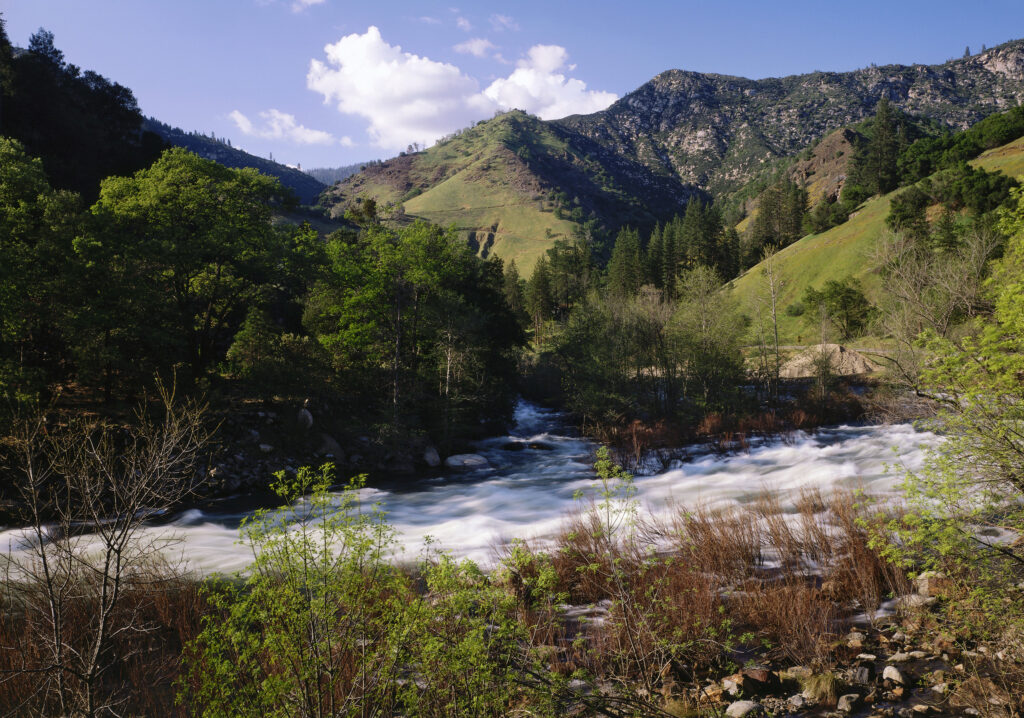Is Big Coal getting worried? You bet. A desperate appeal went out this week from the website “Expose Obama.com” to pitch in on their robo-fax campaign to kill the Waxman Markey bill.
The usual climate-denial hyperbole is now reached the shrill pitch of a dentist’s drill:
“The U.S. House – on a day that shall live in infamy – passed this so-called Cap-and-Trade legislation by the narrow margin of 219-212, with the help of eight Republican-in-Name-Only turncoats.”
There are few more howlers in this on-line appeal:
“Senators need to wake up and consider [Climate expert] Christopher Moncton’s common sense solution for the global warming fantasy that he identifies as a non-problem. It is, he says, “To have the courage to … do nothing.””
The skeptical brain-trust seems to have hit rock bottom. Otherwise known as the“3rd Viscount Monckton of Brenchley,” Moncton holds no scientific degree, instead having graduated with a diploma in journalism.
This does not stop him from hectoring the scientific community for their shoddy work, or appearing as an “expert” at events hosted by the Heartland Institute in the company of the likes of F. Fred Singer.
The folks behind the kill the Waxman bill campaign are also relying on the credibility of Senator James Inhofe, who famously called climate change “a hoax.”
Perhaps we should instead question the credibility of Mr. Inhofe, who accepted $662,506 in donations from oil companies between 2000 and 2008, and $152,800 in coal contributions during the 110th Congress alone. $94,500 of those dollars were from industry PACS.
Maybe the real reason that the anti-Waxman lobby is freaking out is that even this watered down bill could spell the economic end of the coal industry. This week’s New York Times compared the bill to Valley of Death for Big Coal.
“Unless they come up with a breakthrough technology to capture carbon and store it, coal is dying,” said Kenneth Green, resident scholar at the American Enterprise Institute. “If this [bill] does what they want it to do, I would say coal is on its way out.”
However, so-called “carbon capture and storage” (CCS) remains little more than an expensive PR effort. Big Coal has been shoveling money out the door in an desperate campaign to convince the public that coal is “clean”. Even the best minds in the public relations business must have been scratching their heads over how to sell that slogan.
So expensive is this hypothetical band aid that there remains no single commercial-scale example of CCS anywhere in the world. Two of the nation’s largest coal burning utilities just dropped out of a long-delayed demonstration project.
This is in spite of several governments committing billions in taxpayer’s dollars to trying to make it happen – often at the expense of emerging renewable technologies.
And then there is the irresolvable risks (and associated legal liabilities) that this powerful asphyxiant might not stay underground even if you managed to get it there.
In 1986, a volcanic lake in Africa belched a plume of CO2 a mere 90 meters high. Since CO2 is heavier than air, the invisible gas flowed quickly down the adjacent valley displacing oxygen in a kill-zone that spread 19 kilometers.
1,800 people, 3,000 cattle and countless birds and insects dropped dead where they stood in a modern day version of Pompeii. Think about that the next time you hear the slogan “clean coal”.
But the main reason Waxman Markey is terrifying to Big Coal is simple economics. Even mild carbon pricing will force utility companies to quickly conclude that generating electricity with the world’s dirtiest fuel is a money loser. No new coal plants will be built and over time this once mighty industry and political lobby will simply cease to exist.
Meanwhile, emission-free energy technologies like solar are already approaching the dreaded “grid parity” with coal on price. Once that happens, generating electricity with a filthy and more expensive fuel like coal is truly on the way out.
Subscribe to our newsletter
Stay up to date with DeSmog news and alerts







